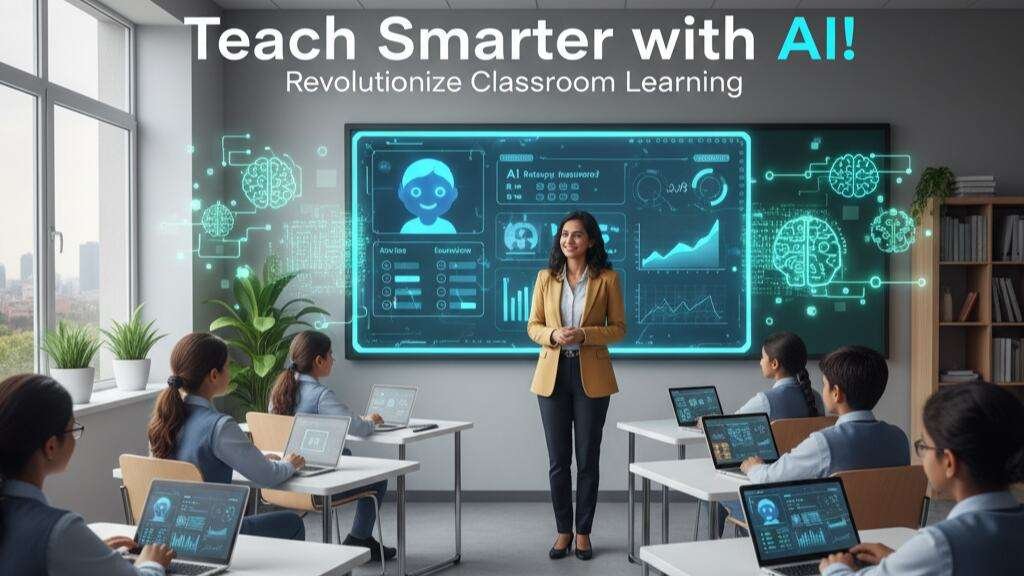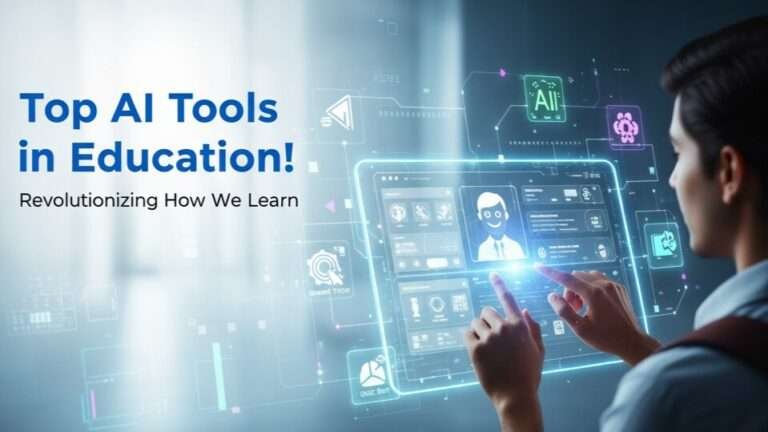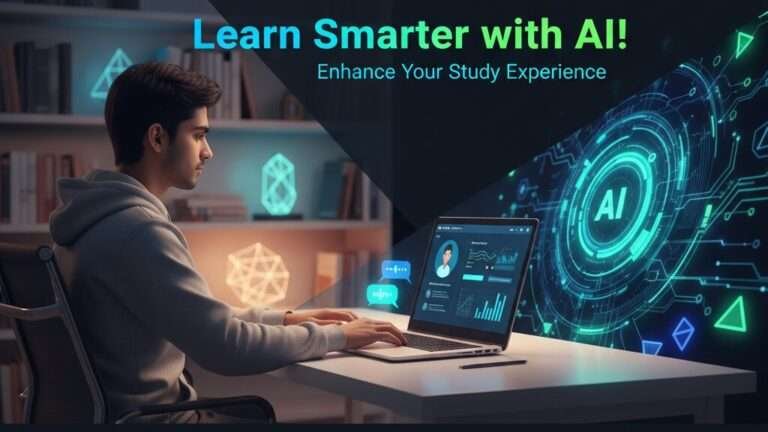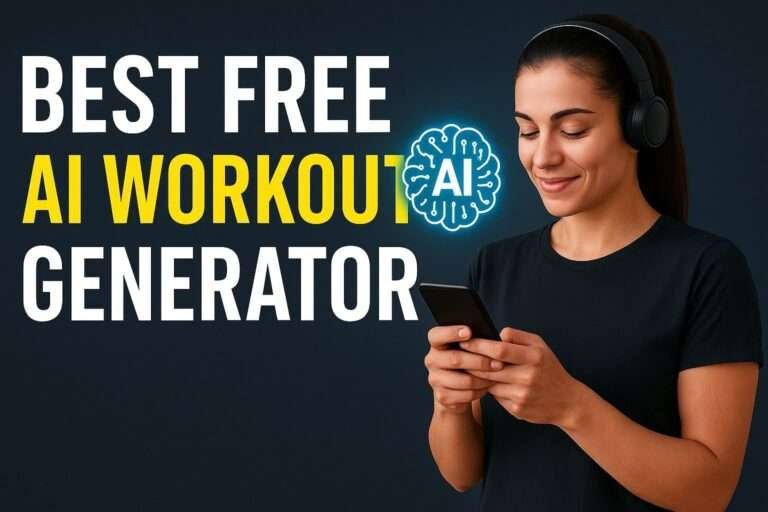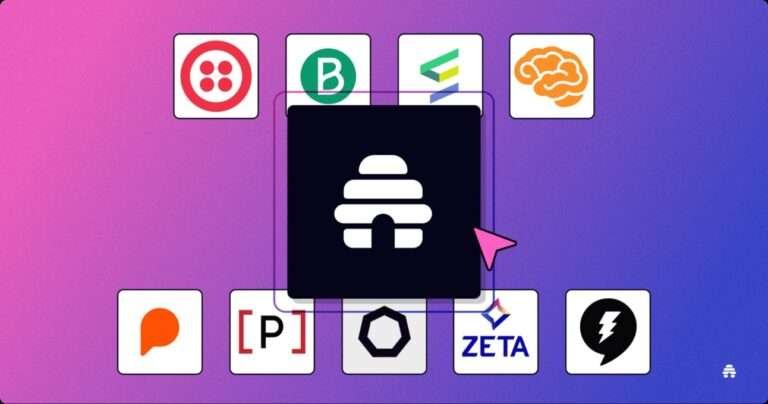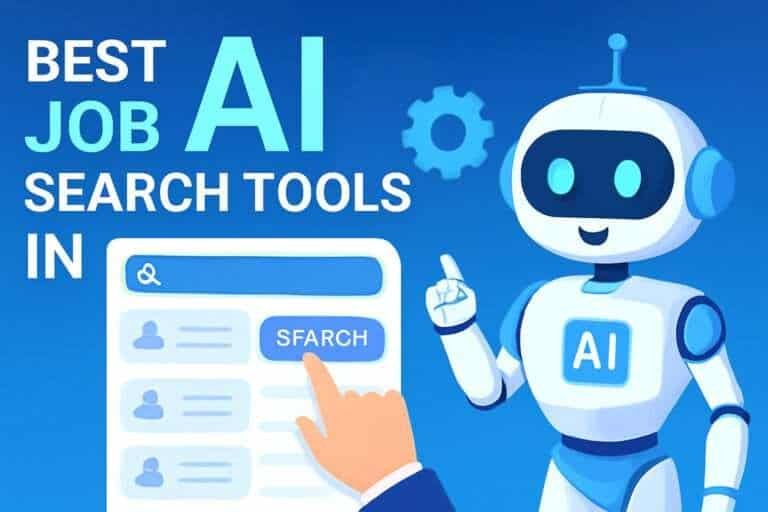Today, the education landscape is changing rapidly, and teaching with AI tools is at the forefront of this transformation. Whether you’re a school teacher or a college educator, AI-powered platforms are making it easier, faster, and smarter to plan lessons, track progress, and personalize learning for every student. In this article, we’ll explore practical ways to improve teaching with AI tools, sharing actionable tips to make your classroom experience more interactive and efficient.
What Are Artificial Intelligence Tools for Tutoring?
Artificial Intelligence tools are digital applications that can analyze data, automate tasks, and deliver personalized learning experiences. Popular examples include adaptive learning platforms, AI grading systems, smart lesson planners, and virtual tutors. By leveraging teaching with AI tools, educators can save time, reduce workload, and focus on engaging students more effectively.
How Teaching with AI Tools Boosts Classroom Performance
Personalized Learning Made Simple
One of the biggest advantages of teaching with AI tools is personalized learning. These tools track each student’s progress and adapt lessons based on their strengths and weaknesses. For example, platforms like DreamBox or Khan Academy automatically adjust questions for each learner, helping build foundation skills and close learning gaps faster. This way, even students who need extra help or advanced learners get exactly what they require.
Streamlining Teachers’ Routine Tasks
AI can cut down on time-consuming admin work. Automated grading systems mark assignments and provide instant feedback, freeing up teachers to focus on dynamic classroom discussions. Attendance tracking, scheduling, and even creating lesson plans can all be handled quickly with AI, helping educators dedicate more quality time to teaching instead of paperwork.
More Engagement and Better Outcomes
Teaching with AI tools increases student engagement. Interactive tools like Kahoot! and Minecraft: Education Edition use gamified quizzes and simulations to keep students busy and motivated. AI-powered virtual tutors give students 24/7 help, making sure support is available any time they get stuck. This ongoing support helps students learn more independently and confidently.
Best AI Tools to Try for Smarter Teaching
If you’re ready to level up your teaching, here are some top-rated tools that can help:
- Curipod: Quickly creates interactive lessons customized to each class’s needs.
- Eduaide.AI: Generates discussion prompts, feedback bots, and customized assessments.
- Gradescope: Automates grading for assignments and exams.
- Knewton Alta: Offers actionable insights into student performance data.
- ChatGPT (OpenAI): Provides instant lesson ideas, answers complex queries, and supports lesson planning.
Always remember, teaching with the help of AI shouldn’t replace educators but should empower them to teach more effectively. A good balance of technology and traditional methods leads to the best results in the classroom.
Important Considerations When Using AI in Education
- Regularly review and verify AI-generated content to ensure accuracy.
- Keep up with privacy guidelines and data protection for students.
- Use AI tools as assistants, not substitutes, to maintain a human touch.
Teaching with AI tools offers teachers powerful resources to improve student outcomes, save time, and create a livelier classroom environment. By staying updated and trying out new AI technologies, educators can unlock even greater potential for learning.
Also Read: Craziest Tech Innovations People Can’t Stop Talking About
